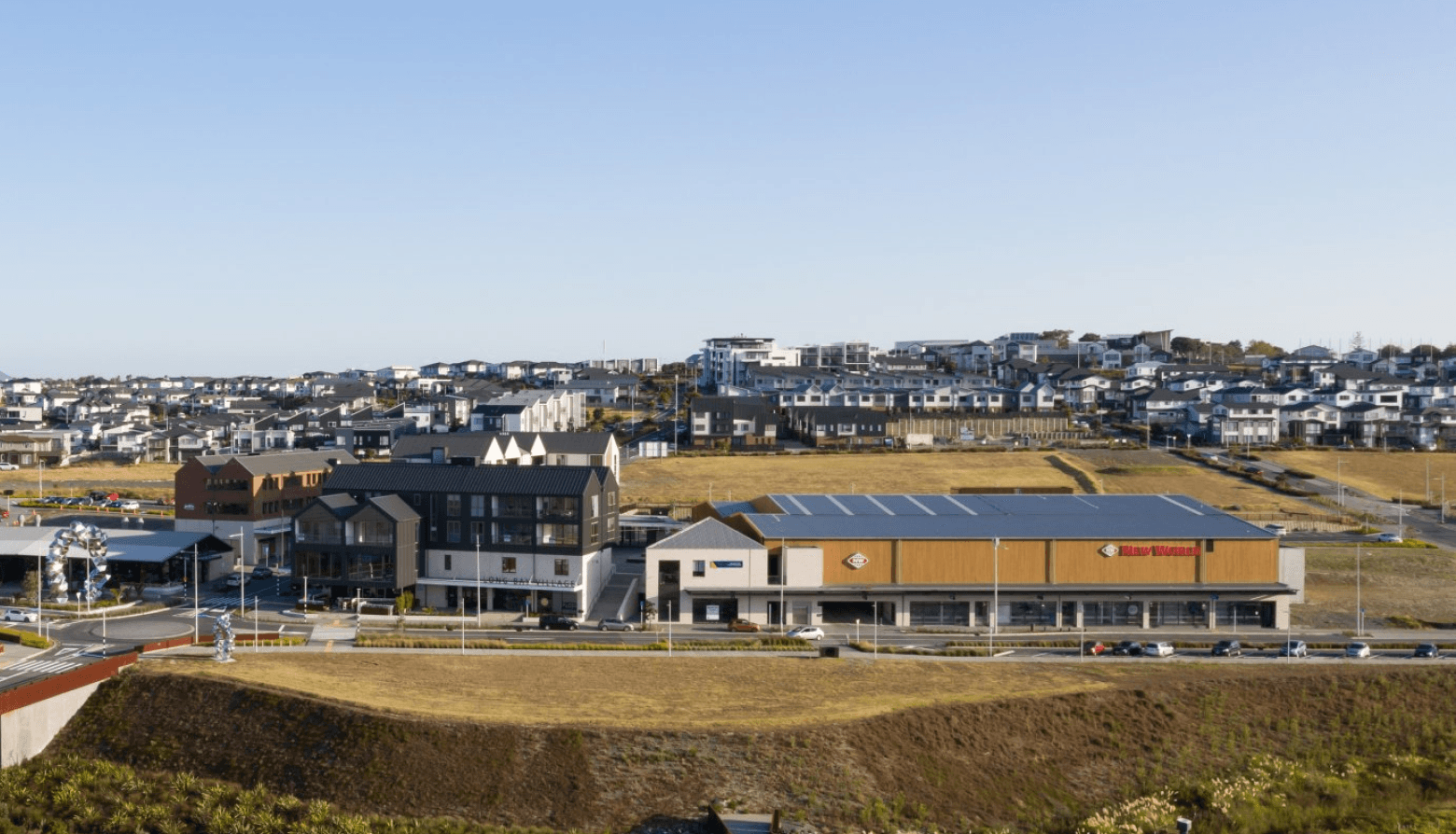2014 - Current
Long Bay, Auckland

Woods was entrusted with developing a comprehensive plan for a mixed-density community of 3,500 dwellings across 162 hectares of steep, challenging terrain in Long Bay, Auckland.
Working in partnership with Auckland Council, Woods led the planning and design of a high-quality community that would meet the needs of a growing city while responding to a complex site. The terrain made compliance with conventional planning rules nearly impossible — so Woods helped redefine the rule book.
As Lead Consultant, Woods coordinated and delivered engineering, surveying, and planning services, as well as managing inputs from geotechnical engineers, landscape designers, urban designers, and ecological specialists.
Our involvement spanned from master planning to earthworks, infrastructure delivery, and subdivision development. The planning team successfully secured all required resource consents, covering bulk earthworks, staged subdivisions, stream enhancement, a village centre, public amenities, and terraced housing developments. Woods also worked closely with mana whenua to ensure cultural values were recognised throughout the process. Significant restoration of local streams and wetlands was a key part of the development — transforming these natural assets into focal points of amenity for the new community.
Long Bay presented several unique challenges. The site borders Long Bay Regional Park and sits within the lower catchment of two key streams — the Awaruku and Vaughan catchments, which together span 400 hectares. These streams were already under pressure from historic development and farm activity and were further burdened by an aging, under-capacity wastewater network.
A core objective for Woods and Todd Property was to improve the health of these waterways and the wider receiving environment. The team developed innovative, long-term solutions including extensive stream restoration and the creation of wetlands designed to treat not only runoff from the new development but also from the broader catchment. These interventions, combined with 'at-source' treatment, dramatically improved water quality.
For short-term water quality during construction, Woods conducted extensive local and international research into best-practice erosion and sediment control. The resulting controls exceeded the standards of TP90 and went on to inform Auckland Council’s DG05 guidelines. Notably, Woods pioneered the use of flocculation at Long Bay — a sediment control technique that has since become an industry standard.
To resolve wastewater issues, Woods designed a modern pump station and a 1km-long, 2m-diameter tunnel installed using tunnel boring machine (TBM) technology. This tunnel provided both conveyance and essential emergency storage, supporting not just Long Bay but the existing catchment, and greatly reducing the risk of wastewater overflows.
Long Bay also became one of Auckland’s first large-scale developments to incorporate low-impact stormwater designs, such as rain gardens integrated into the road network — an approach that is now commonplace across the region.
Woods’ multidisciplinary expertise and leadership significantly shaped the success of the Long Bay development. Our approach to engineering, surveying, planning, and resource management not only enabled delivery of the vision — it nearly doubled the developable area compared to Auckland Council’s original plan.
The project is now seen as a benchmark for sustainable land development and environmental management in Auckland, with many of the innovations pioneered at Long Bay now embedded in standard practice across the industry.